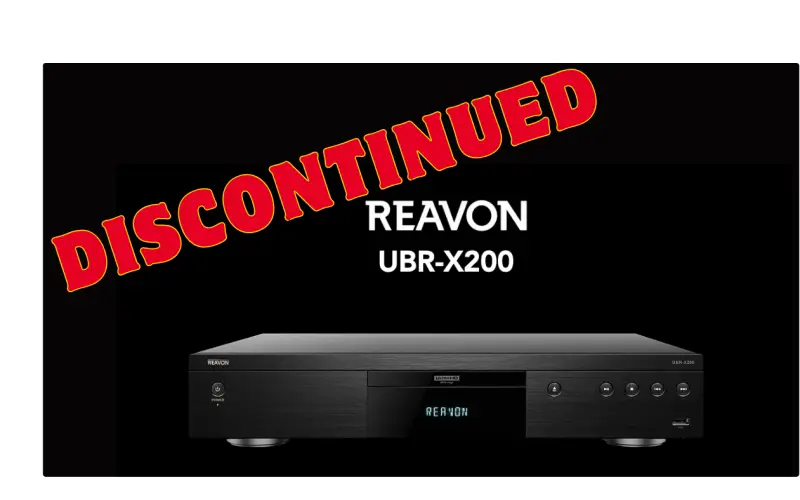By: CE Critic
In a move that could reshape the streaming landscape, Comcast has announced a new streaming bundle called StreamSaver, combining Peacock, Netflix, and Apple TV+. This announcement comes hot on the heels of a similar deal between Disney, Hulu, and Max, signaling a potential shift in the streaming wars towards rebundling.
Comcast's StreamSaver: A New Paradigm in Streaming?
Comcast CEO Brian Roberts, speaking at the MoffettNathanson Media, Internet & Communications Conference, touted StreamSaver as a compelling package offered at a "vastly reduced price" compared to subscribing to each service individually. This bundle will be available to all Comcast broadband, TV, and mobile subscribers, positioning it as a significant value-add for existing customers and a potential draw for new ones.
StreamSaver represents a significant departure from the prevailing trend of streaming services competing for individual subscribers. By bundling three major players, Comcast aims to offer a comprehensive streaming solution that caters to a wide range of interests. This move could attract consumers overwhelmed by the plethora of streaming options and their associated costs.
The Disney, Hulu, and Max Bundle: A Different Approach
The recently announced bundle between Disney, Hulu, and Max takes a different approach, targeting a specific audience segment. By combining Disney's family-friendly content, Hulu's general entertainment offerings, and Max's extensive library, this bundle aims to appeal to a broad demographic.
Current Streaming Platform Prices (as of May 2024):
- Peacock:
- Premium (with ads): $5.99/month (increasing to $7.99 in July)
- Premium Plus (no ads): $11.99/month
- Netflix:
- Basic with Ads: $6.99/month
- Standard: $15.49/month
- Premium: $22.99/month
- Apple TV+:
- Standard Plan: $9.99/month
While the exact pricing details for both bundles remain undisclosed, the promise of significant discounts compared to the combined cost of these individual subscriptions could make these offerings highly attractive to consumers. The success of these bundles could hinge on the perceived value they offer compared to subscribing to each service separately.
Rebundling: A Strategic Shift in the Streaming Landscape?
The emergence of these bundles suggests a potential shift in the streaming landscape towards rebundling. As the market matures and competition intensifies, streaming providers may increasingly explore partnerships and bundles to attract and retain subscribers.
This shift could have several implications for the future of streaming. For consumers, it could mean more affordable and comprehensive streaming options. For streaming providers, it could lead to increased subscriber bases and reduced churn. However, it could also raise concerns about market consolidation and potential anti-competitive practices.
The Cable-ification of Streaming?
Some industry observers have dubbed this trend the "cable-ification" of streaming, drawing parallels to the traditional cable TV model. However, there are key differences. Streaming bundles offer more flexibility and customization, allowing consumers to choose the services they want. Additionally, streaming bundles are typically priced lower than traditional cable packages.
Whether this trend towards rebundling will continue remains to be seen. However, the early signs suggest that it could be a significant development in the streaming wars.
What This Means for Big Media
For big media companies like Comcast, Disney, and Warner Bros. Discovery, these bundles represent a strategic shift in their approach to streaming. By partnering with competitors, they can leverage their collective strengths to offer more comprehensive and appealing packages to consumers.
This shift could also have implications for the way big media companies produce and distribute content. As bundles become more prevalent, content creators may need to consider how their content fits into these packages. This could lead to more collaborations and co-productions between different studios and networks.
The Future of Streaming: A Bundled World?
While it's too early to say definitively, the emergence of these bundles suggests that the future of streaming could be a bundled world. As consumers become more discerning and cost-conscious, streaming providers may need to offer more comprehensive and affordable options to remain competitive.
This could lead to a more diverse and dynamic streaming landscape, with a variety of bundles catering to different interests and budgets. However, it could also raise concerns about market consolidation and potential anti-competitive practices.
Conclusion
The announcement of the Comcast and Disney bundles marks a significant development in the streaming wars. Whether this trend towards rebundling will continue remains to be seen. However, it's clear that big media companies are exploring new strategies to attract and retain subscribers in an increasingly competitive market. As the streaming landscape continues to evolve, consumers can expect more innovative and affordable options in the years to come.





